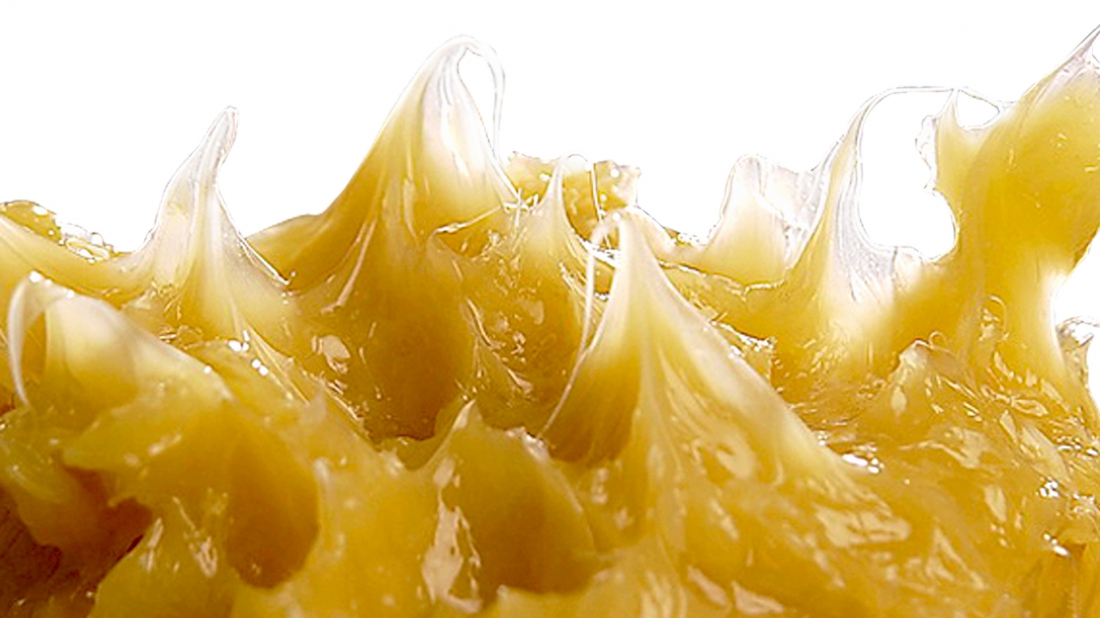Definition Of Wax
Wax has different definitions in several dictionaries that has been explained completely in the following.
1.Wax also called beeswax. A solid, yellowish, nonglycerine substance allied to fats and oils, models, secreted by bees, plastic when warm and melting at about 145º F, variously employed in making candles, casts, ointments, etc., and used by bees in constructing their honeycomb.

2.Wax included any of a group of substances composed of hydrocarbons, alcohols, fatty acids, and esters that are solid at ordinary temperatures.
3.A person or object suggesting wax, as in manageability or malleability.
- A resinous substance used by shoemakers for rubbing thread
- Any of various similar substances, such as paraffin wax or ozocerite, that have a mineral origin and consist largely of hydrocarbons
- Sealing wax is a wax material of a seal which, after melting, hardens quickly (to paper, parchment, ribbons and wire, and other material) forming a bond that is difficult to separate without noticeable tampering. Wax is used to verify something such as a document is unopened, to verify the sender’s identity, for example with a signet ring, and as decoration. Sealing wax can be used to take impressions of other seals. Wax was used to seal letters close and later, from about the 16th century, envelopes. Before sealing wax, the Romans used bitumen for this purpose.
- Shoe polish (or boot polish) is a waxy paste, cream, or liquid used to polish, shine, and waterproof leather shoes or boots to extend the footwear’s life and restore, maintain and improve their appearance. Shoe polishes are distinguished by their textures, which range from liquids to hard waxes. Solvent, waxes, and colorants comprise most shoe polishes.
4.Waxes are a diverse class of organic compounds that are lipophilic, malleable solids near ambient temperatures. They include higher alkanes and lipids, typically with melting points above about 40 °C (104 °F), melting to give low viscosity liquids.
Applications Of Wax
Waxes are mainly consumed industrially as components of complex formulations, often for coatings. The main use of polyethylene and polypropylene waxes is in the formulation of colourants for plastics. Waxes confer matting effects and wear resistance to paints. Polyethylene waxes are incorporated into inks in the form of dispersions to decrease friction. They are employed as release agents, find use as slip agents in furniture, and confer corrosion resistance.
Different type of Waxes
Waxes are insoluble in water but soluble in organic, nonpolar solvents. Natural waxes of different types are produced by plants, animals, mineral and petroleum.
There are some types of waxes in the below:
•Bees Wax : produced by honey bees
•Lanolin (wool wax) : from the sebaceous glands of sheep
•Spermaceti : from the head cavities and blubber of the sperm whale
•Candelilla wax : from the Mexican shrubs Euphorbia cerifera and Euphorbia antisyphiliticawax
•Castor wax : catalytically hydrogenated castor oil
•Soy wax : from soybean oil
•Ceresin waxeswax
•Montan wax : extracted from lignite and brown coal
•Ozocerite : found in lignite beds
•Peat waxes
•Paraffin wax : made of long-chain alkane hydrocarbons
•Microcrystalline wax : with very fine crystalline structure
TYPES OF WAX WE PROVIDE
-
Paraffin
-
Petroleum Jelly
-
Slack Wax
-
Residue Wax
-
Micro Crystalline Wax
-
Grease









